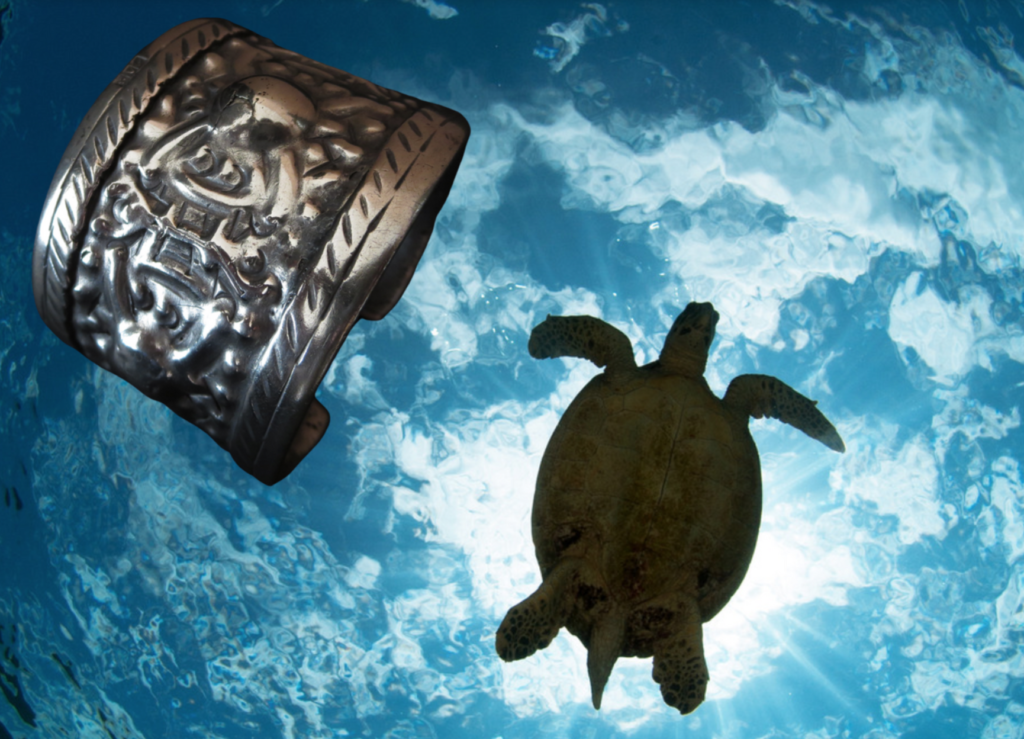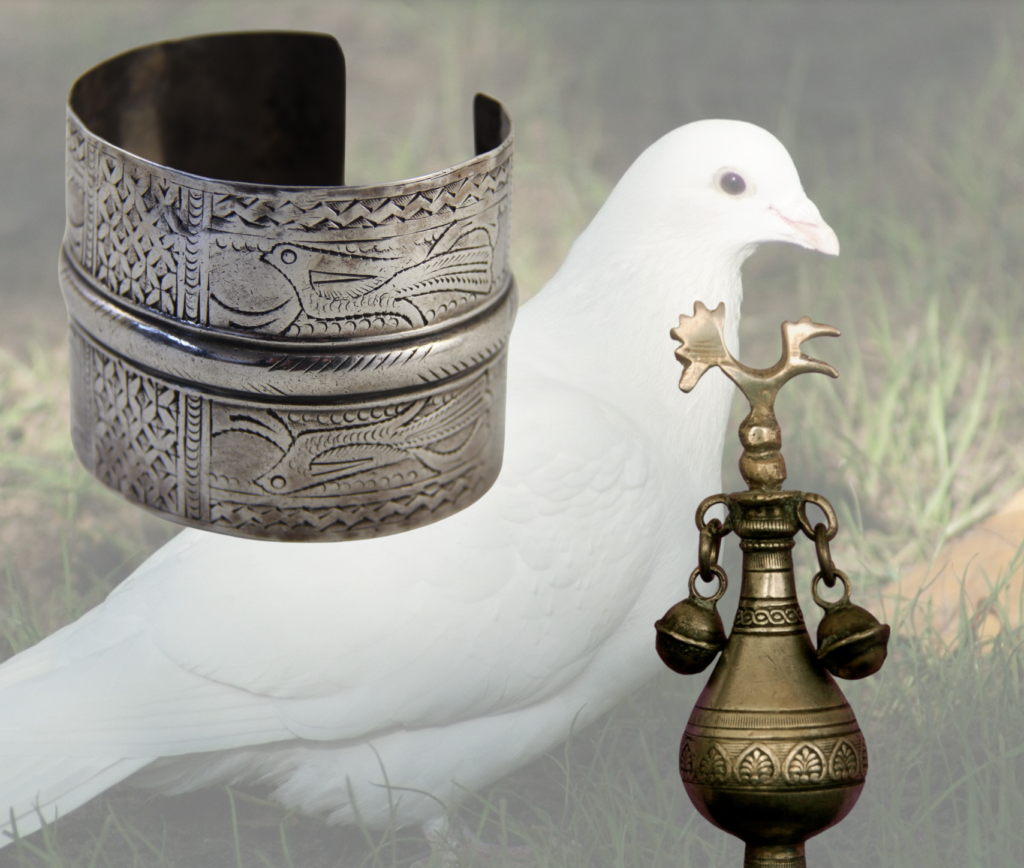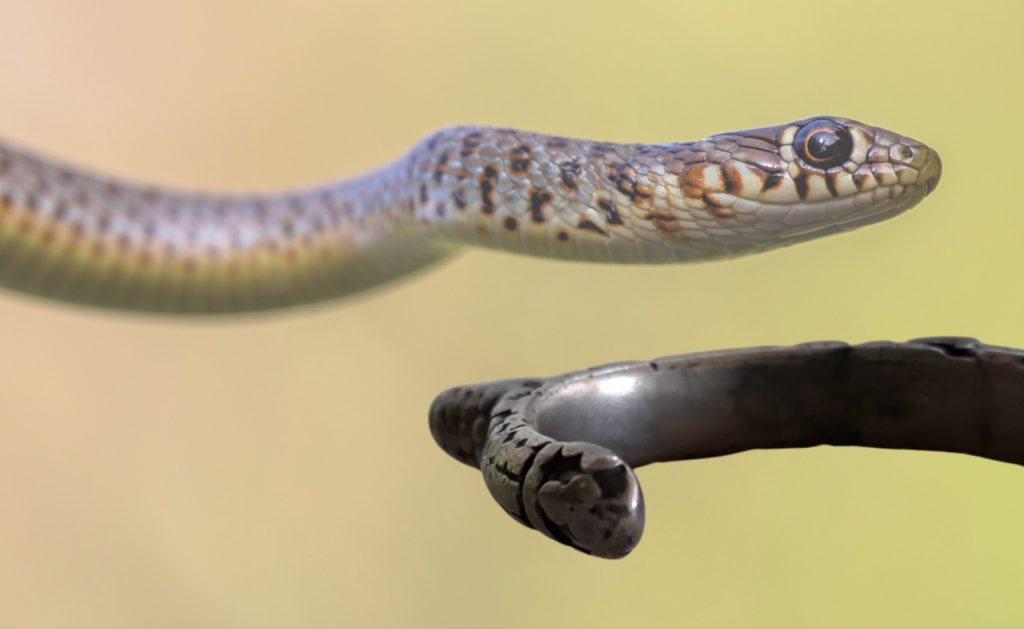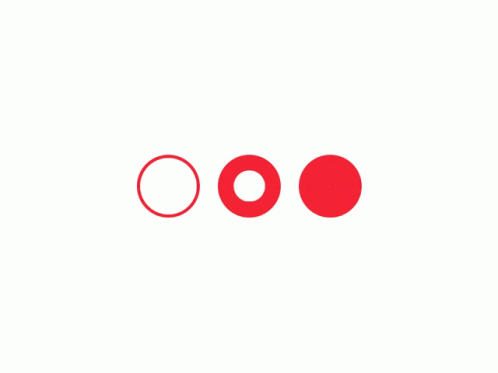Jewellery from the Middle East and North Africa often incorporates elements based on nature. This dates back to when the connection between people and their natural surroundings was much stronger than it is nowadays. One of these elements is the use of animals, that show up time and again in jewellery pieces.

Stylized turtles on this Palestinian bracelet bring fertility and abundance
Fish and turtles
Jewellery often looks to examples in nature to communicate concepts that are of importance to the wearer. Like having children for example: becoming a mother used to be the next main event after being married. Animals that somehow convey this notion of abundance and fertility are found in jewellery all over the region. The most noticeable of these is the fish, an animal that visibly produces many eggs: by analogy, the wearer of a piece of jewellery featuring this animal was thought to increase her chances at having children. Depictions of fish appear on fibulas, bracelets and anklets, pendants shaped like a fish were worn on necklaces, as earrings or in the headdress. The same analogy is used in representing turtles, tortoises and frogs. These as well produce a significant amount of eggs and appear for example as small pendants worn from the headdress in Syria, Lebanon and Palestine, and as main decoration on bracelets worn in Sinai and southern Palestine. The representation of both animals was not limited to just jewellery: they are also found embroidered on clothing.

Birds on this Tunisian bracelet and Algerian kohl container bring prosperity
Lizards and birds
Other animals were thought to bring blessings from another world. Birds, soaring in the skies, in particular, were associated with good fortune and prosperity. As they are able to move between heaven and earth, they were regarded as intermediaries between both worlds. Their presence in jewellery brought a little of that celestial charm to everyday life, and as such, they are found on jewellery and related items, such as kohl containers.
Representations of a lizard grace jewellery in the Maghreb. These tough animals can withstand the hottest temperatures of the desert and, added to that, regularly shed their skin: a metaphor for rebirth after trying circumstances.

Bracelets sometimes carry a highly stylised snakehead on both ends
Snakes and scorpions
With the depiction of snakes, another animal that periodically sheds its skin, we move from animals that bring some form of good to animals that are dangerous. The snake is in between: its regular moulting is why it, too, is used as a metaphor for regeneration and new life, but at the same time it is known to be one of the most dangerous animals for people and cattle alike. Where birds and lizards are clearly represented, often in detail, snakes are mostly found hinted to: for example in stylized heads of anklets and bracelets, and often as coiled finger rings. Their representation in jewellery functions both ways: on the one hand, it invokes the strength for rejuvenation, and on the other, it is thought to keep evil at a distance. This ambiguity is also present in jewellery with representations of scorpions. As often in magic, the depiction of a dangerous animal is believed to be effective against that same creature. Scorpions were however also used to protect houses and people against the evil eye: the scorpion would lash out against bad intentions. One can only imagine a mother in Egypt would have hoped for both when pinning a beaded scorpion on the clothes of a child!





 Stylized turtles on this Palestinian bracelet bring fertility and abundance
Stylized turtles on this Palestinian bracelet bring fertility and abundance Birds on this Tunisian bracelet and Algerian kohl container bring prosperity
Birds on this Tunisian bracelet and Algerian kohl container bring prosperity Bracelets sometimes carry a highly stylised snakehead on both ends
Bracelets sometimes carry a highly stylised snakehead on both ends